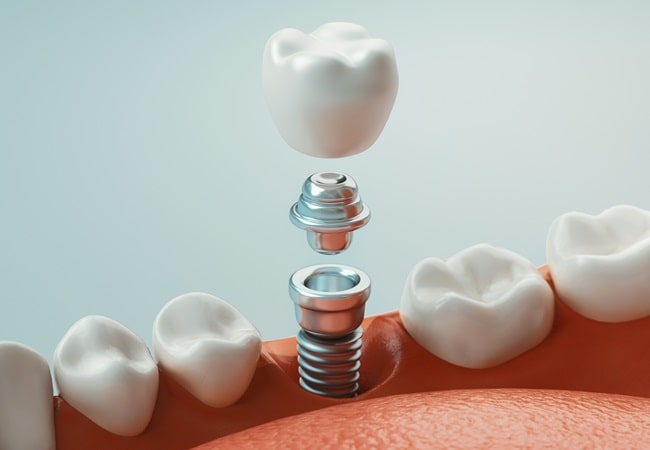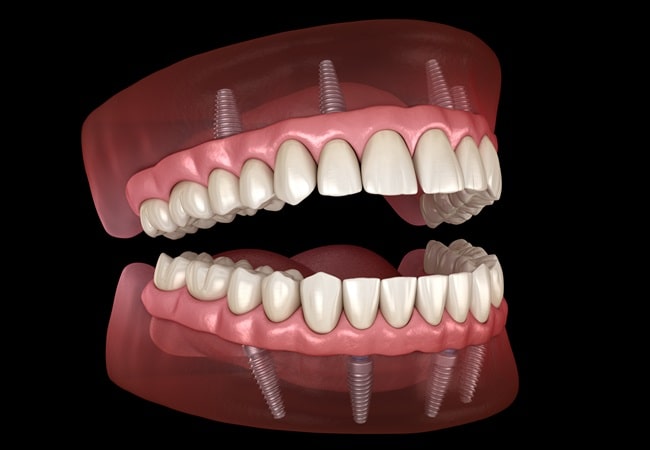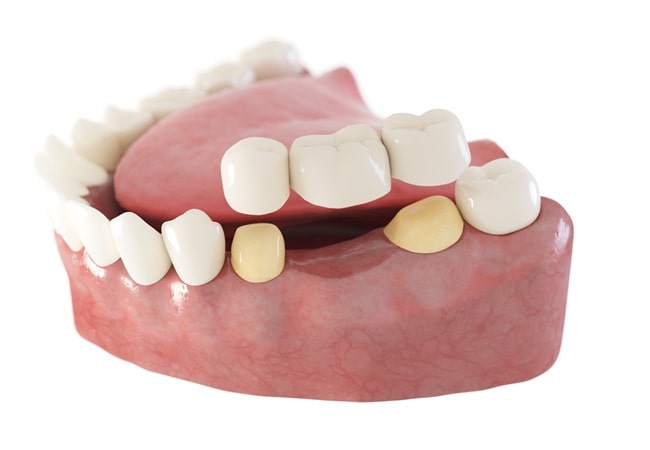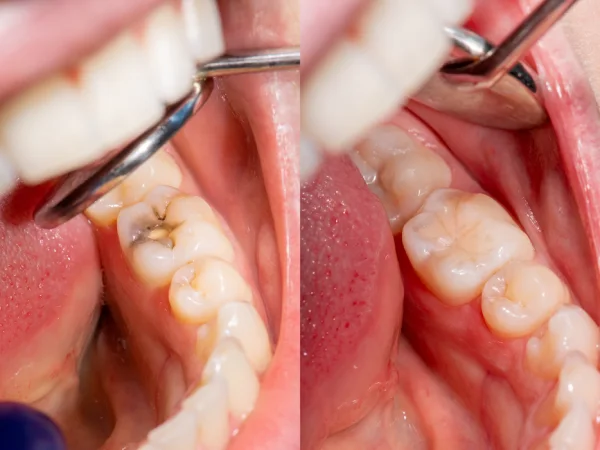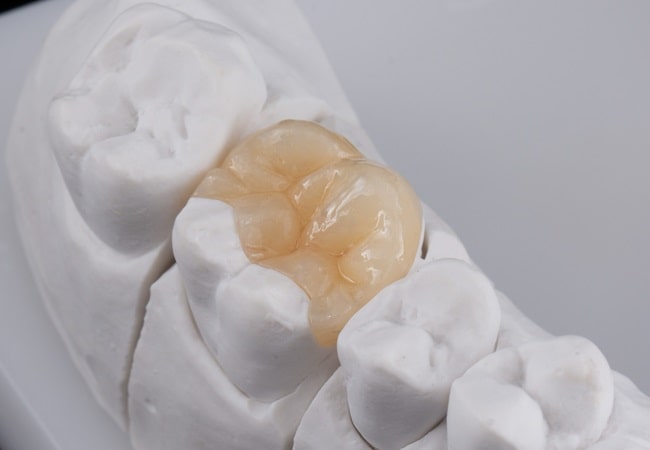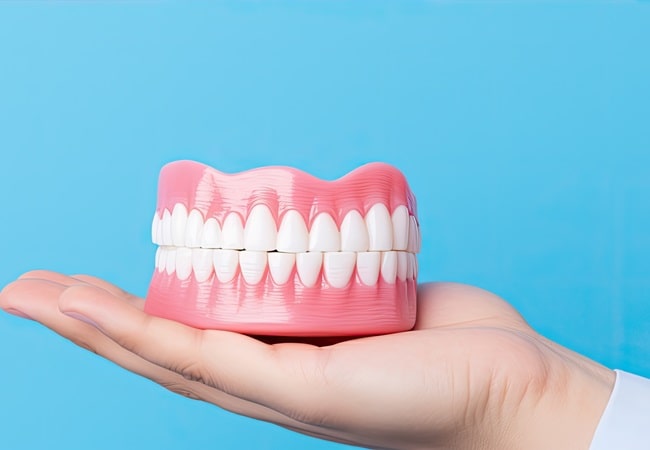Dr. Dove Dental Office in Barrie
Restorative Dentistry in Barrie
Dental Services in Barrie
Restorative Dentistry
Restorative dentistry is focused on keeping your teeth healthy and functional while creating the aesthetic smile you’ve always dreamed of. If your teeth are damaged or decayed, we provide various restorative procedures that may benefit you.
Dental Bonding
If your teeth are cracked, chipped, or broken, dental bonding may be an effective way to improve the aesthetics of your smile. Your dentist will apply a strong resin to the tooth, shape it, and cure it, mimicking the natural structure and colour of your tooth.
Dental Implants
A dental implant is a permanent solution for missing or damaged teeth. It is made of two key components: the implant and the artificial tooth. The implant is made from titanium, while the artificial tooth can be made from a variety of materials, such as porcelain or resin.
All-on-X Dental Implants
If you have many missing or heavily damaged teeth, all-on-x implants may be an effective solution. These implants are designed to replace a full set of teeth, maintaining aesthetics and functionality while requiring less maintenance than other multi-tooth restorative treatments.
Dental Bridges
Gaps in your teeth can affect the functionality and aesthetics of your smile. A missing or damaged tooth can cause a myriad of problems. With a dental bridge, you can mitigate the problems caused by missing or heavily damaged teeth, so you can show off a bright, healthy smile.
Composite Dental Fillings
Do you have cavities that need to be filled? Dr. Dove Dental Office provides dental fillings made from composite resin. This is the most common material for fillings and can be easily colour-matched to suit your smile.
Inlays and Onlays
When decay is found on or between the cusps of a tooth, dental inlays and onlays are a potential restorative solution. Inlays and onlays are designed to replicate the grooves and ridges of the tooth’s chewing surface, restoring the functionality and health of the tooth.
Dentures
Dentures are a time-tested, reliable solution for missing teeth. When you’re missing several teeth, the other teeth in your mouth can shift and become misaligned, affecting the functionality and aesthetics of your smile. This can also cause trouble with speaking, biting, and chewing.
New Patients Welcome



